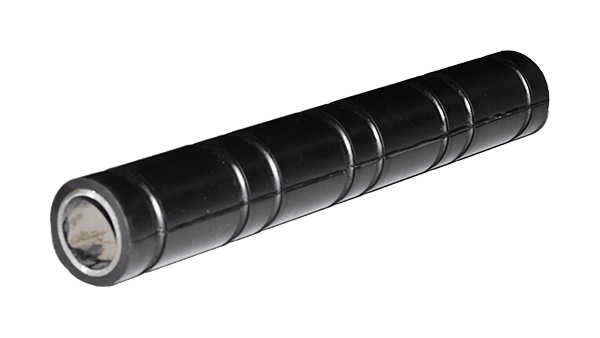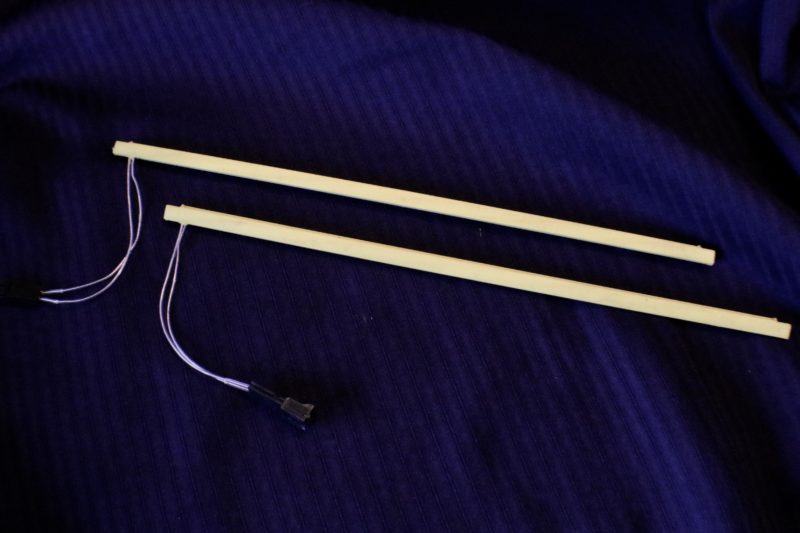By taking six steps beginning with part design and ending with testing the rubber molder and the manufacturer can ensure the bond is strong enough for the application and its operating environment.
Rubber to metal bonding pdf.
Rubber to metal bonding is a means by which rubber is mechanically bonded to a metal component during the moulding process.
1 ensure that the metal surface has been freshly keyed shotblasted or buffed with 24 grit and that your rubber material with a bonding layer tackyback has already been cut to suit the metal surface.
Chemlok elastomer bonding guide introduction in 1956 lord corporation commercialized a chemlok primer and covercoat system that produced elastomer tearing bonds with virtually all commercially available elastomers.
Each step is dependent on the success of those that preceded it and the stages are numerous and complex.
The process was first introduced about 140 years ago when it was.
A suitable evaluation for rubber metal bonding and also the ability of rubber phase for energy dissipation 59 62.
Cohesive failure is the predominant mode of failure in each rubber compound.
Knowledge of the fundamentals of bonding rubber to metal was lacking.
This quantum jump in technology provided a broad processing latitude for bonding and drastically reduced scrap levels.
In each case shear adhesion is significantly increased with the sr633 cure system over the peroxide control.
Rubber material without a bonding layer must be keyed using a buff with 24 grit and if stored for a long time the bonding layer material.
In reality a great deal of technology backs the apparently simple action of bonding.
Thus a complex and advanced technology or series of technologies has arisen to deal with adhesives and their applications in many fields.
Strong rubber to metal bonding can be obtained with sr633 for a variety of rubbers as shown in figure 6 for silicone rubber eva epdm natural rubber and hypalon.
62 studied the adhesion properties of rubber steel cord using.
The adhesives being used sometimes functioned like metal glue and had limited process versatility which resulted in high scrap rates due to poor bond.
Bonding rubber to metal is a means by which rubber is mechanically bonded to a metal insert during the molding process.
The mounts for bonding metal or a metal piece had inadequate resistance to water temperature and stress.
Bonding different materials together by means of an adhesive may appear to most people as a mundane occurrence.
Modern adhesive technologies utilize both singleand two coat adhesive formulations with the preference depending upon the service needs of the bonded assembly.



.png?width=838&name=Untitled%20design%20(6).png)



